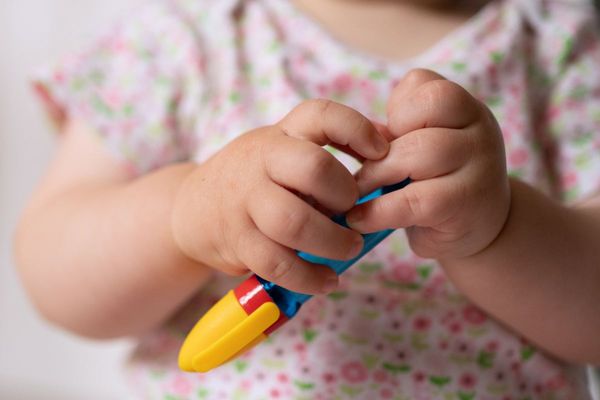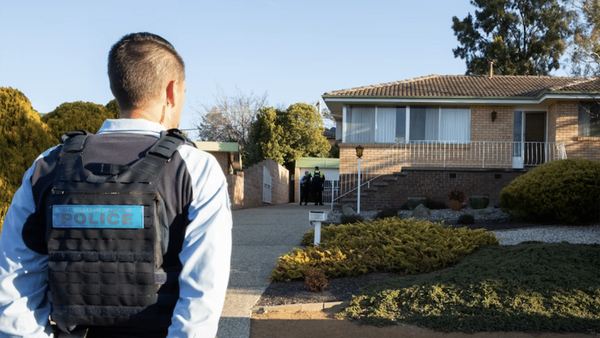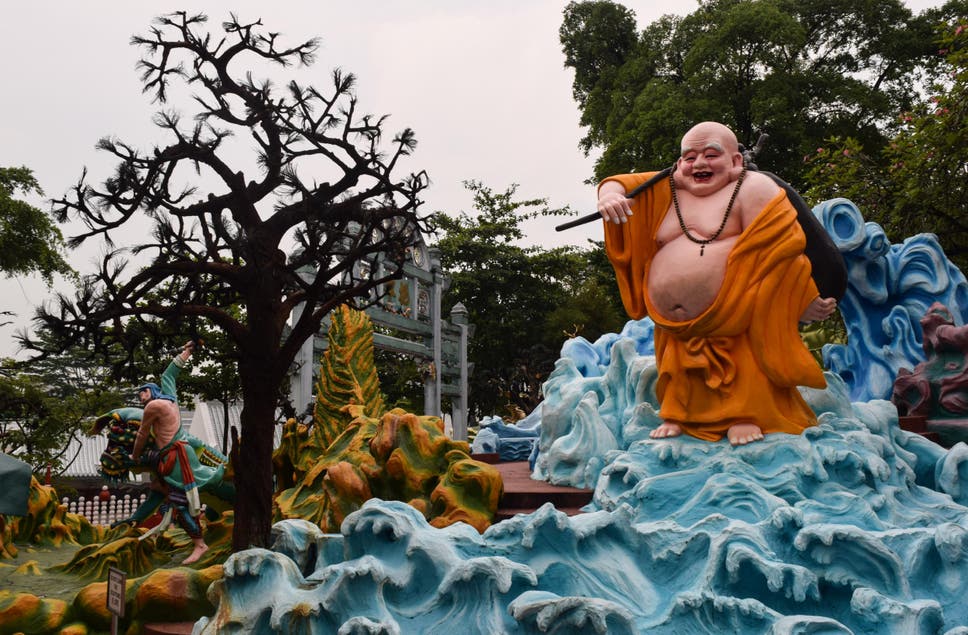
Coming out of Singapore’s Haw Par Villa MRT station, I’m greeted by a hillside clad in purple cement – to look like rocks, I guess – and a lifesize snarling tiger. I’m here to visit Haw Par Villa, and it’s clear it has a totally different feel from the usual Singapore attractions.
Haw Par Villa, or Tiger Balm Garden, is the creation of Chinese-Burmese Aw Boon Haw and his brother Aw Boon Par, who turned their herbalist father’s creation of Tiger Balm, South East Asia’s cure-all medical cream, into the brand it is today. In the process they made quite a lot of money.
And so in 1937, Boon Haw built an art deco villa, and filled the gardens with models and dioramas relating to his Chinese heritage and Buddhist beliefs. Now, more than a thousand models of different sizes dot the low hill overlooking the Singapore Strait, offering an eclectic mix of Chinese history, moral messaging and great selfie backdrops – all thanks to the massive wealth accrued from Tiger Balm. Some of the models also contain Tiger Balm products, suggesting the park was also an early form of product placement and guerilla marketing.
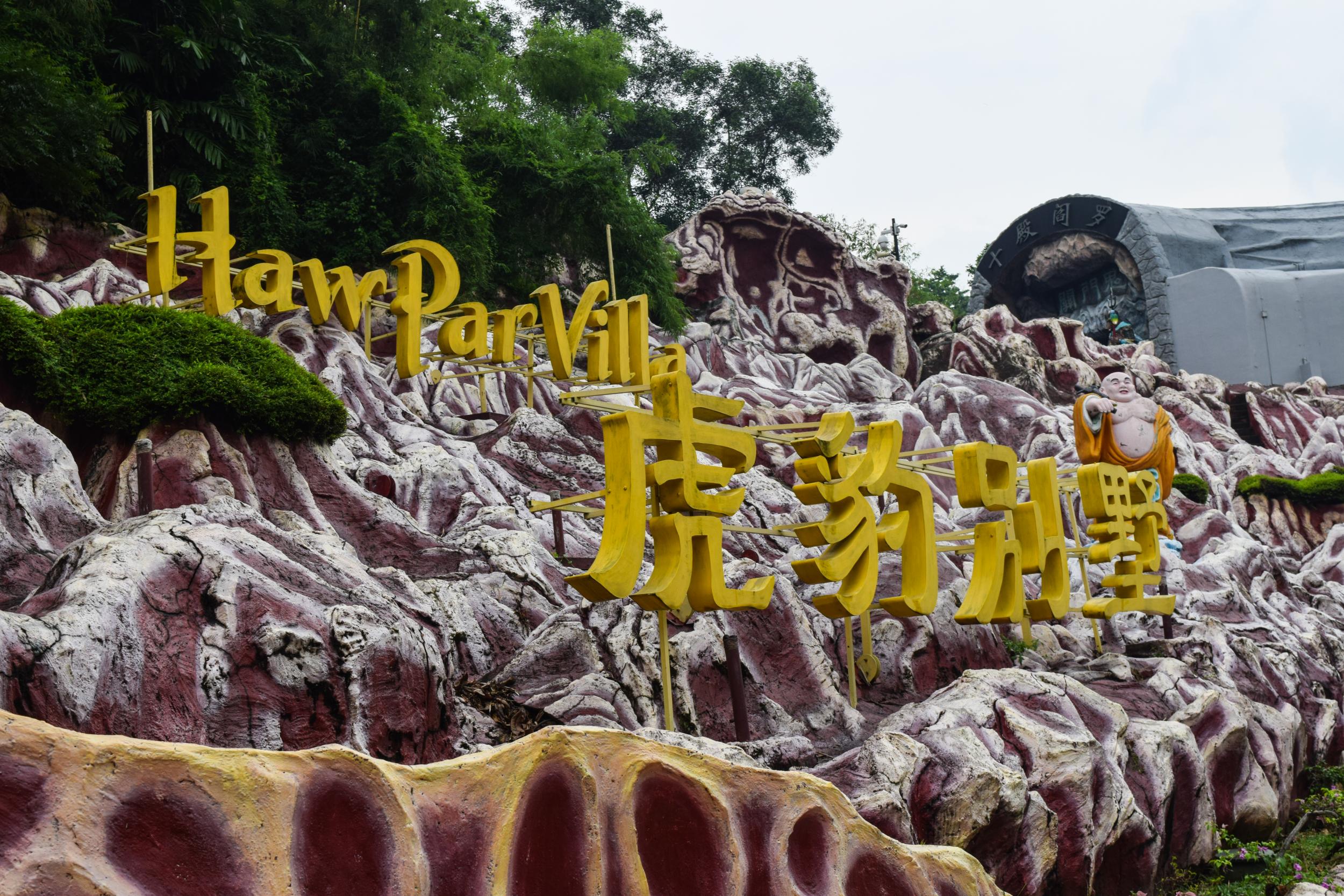
Through successive ownership changes and renovations, it’s not clear what remains from Boon Haw’s initial vision, who dedicated the park to his brother Boon Par – and monuments to him and other family members tower over the displays. The villa was demolished following the Second World War, during which it had been used by the Japanese military, although the jumble of sights hint at the many additions over the years.
“This place is so odd, and funny,” exclaims university student Kam Lee, after taking a selfie with two giant models of sumo wrestlers advertising Tiger Balm. “My grandparents have been bugging me to visit for years. They keep talking about how amazing it was in the Fifties. I am surprised it is still here really.”
At the height of its popularity in the Fifties and Sixties, Haw Par Villa attracted hundreds of thousands of Singaporeans. At times, it has been owned by the government tourism board (in 1988 it renamed the park Haw Par Villa Dragon World) and at other times it’s been in private hands. In 2016, a company called Journeys unveiled a large-scale escape game here, in a bid to attract more visitors to this unique attraction.
Singapore’s boom in the decades since – bringing with it new shopping malls, a branch of Universal Studios, TV and mobile phones – have all contributed to declining visitor numbers. Even being free to enter isn’t helping to bring back people back to visit.
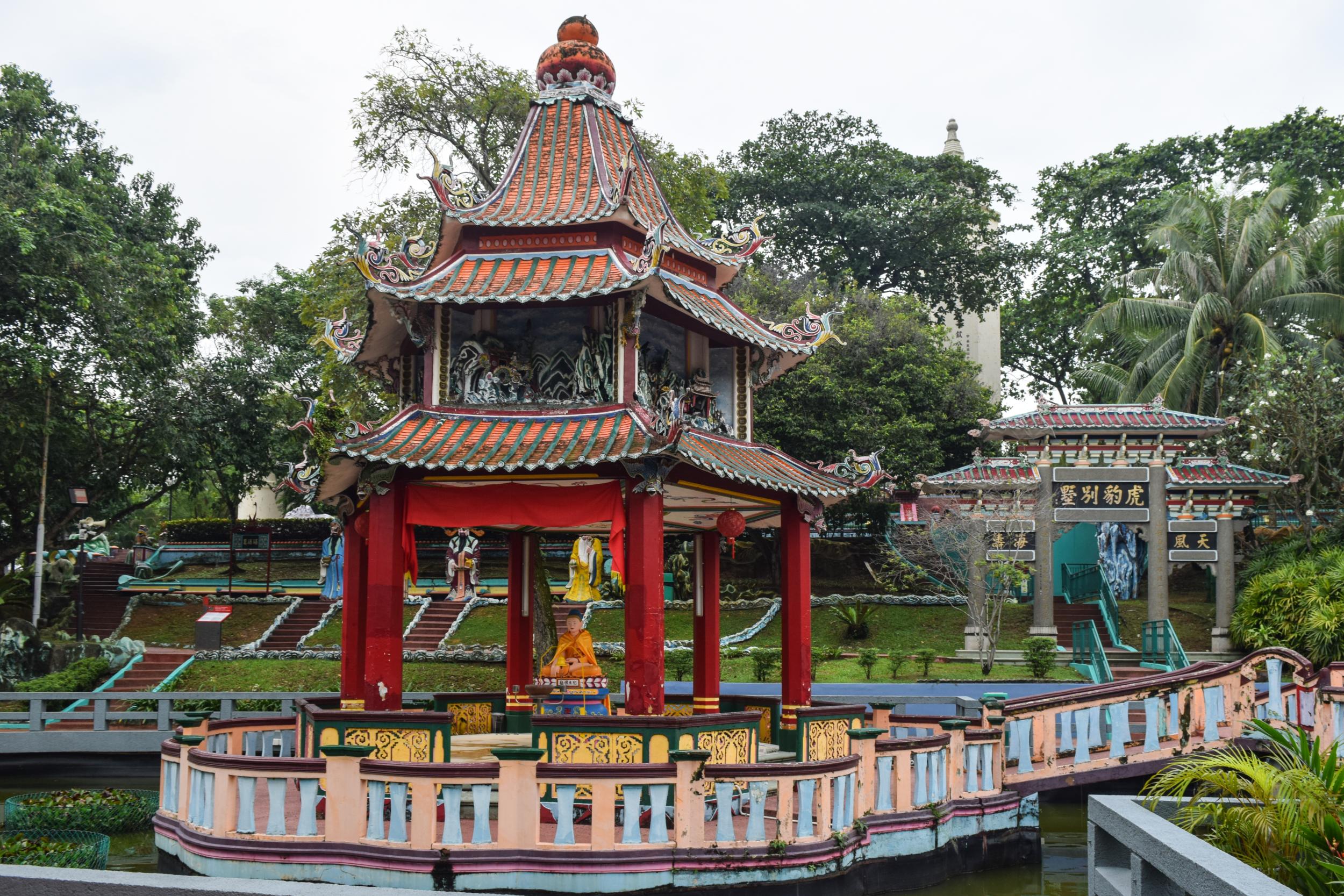
Which is a huge shame, as Haw Par Villa is certainly worth a visit. It functions both as a museum of how the park has evolved (or not) since it was built, and is entertaining in its own right.
There are gruesome scenes of torture in the Ten Courts of Buddhist Hell grotto; a diorama of rabbits and weasels engaged in bloody battle; giant crabs with female heads poking out; and tortoises riding on the backs of ostriches. It’s totally bonkers.
“I first came on a school trip, years ago, when our teachers made us pay attention to all the morality and religious stuff,” says Kevin Tan. He’s here with his girlfriend, on her first visit. “I was always more interested in the epic Chinese battle scenes. And all the breasts, lah,” he notes with a grin, receiving a kick in the shin for his candour.
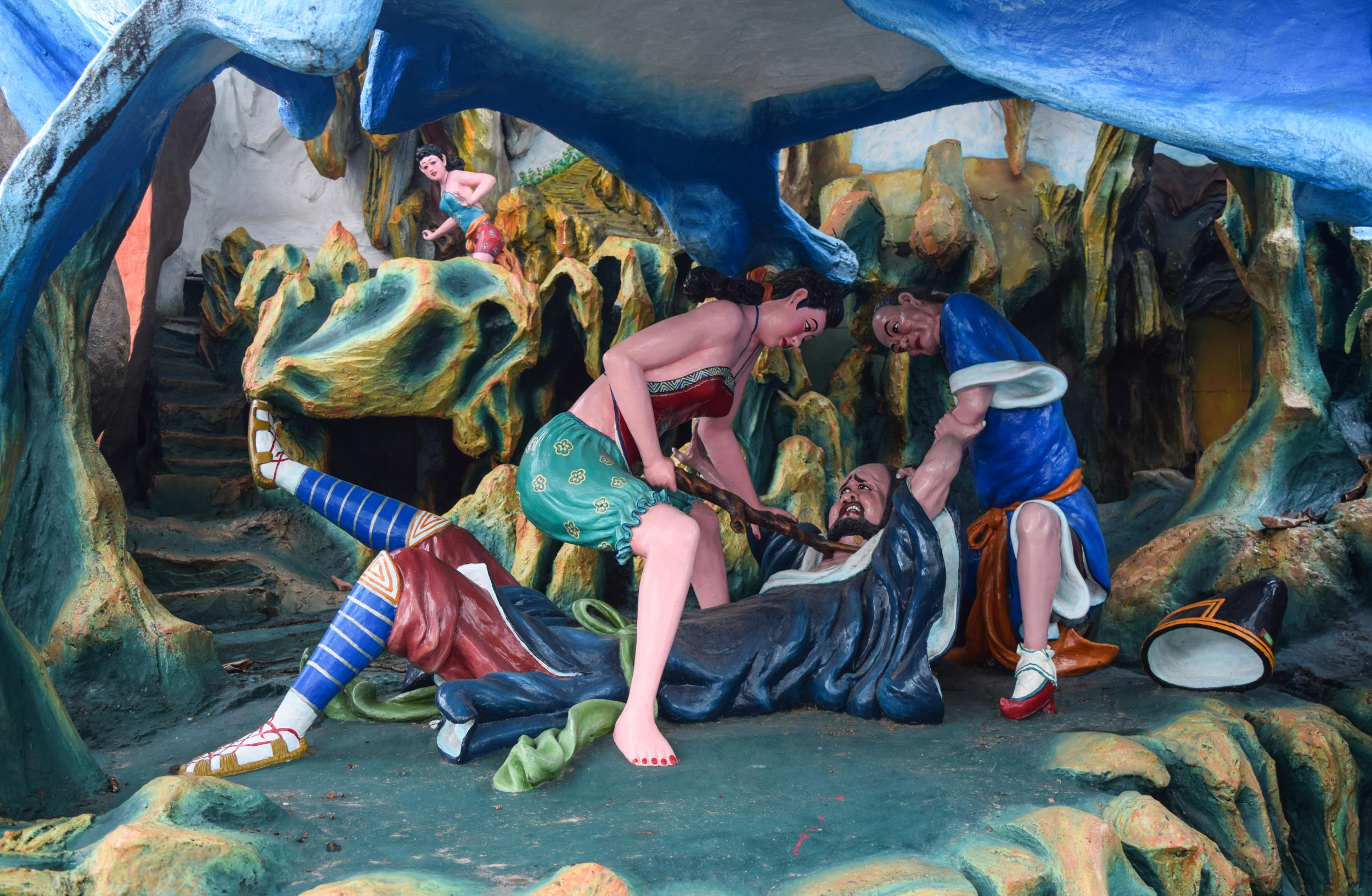
While signs explain some of what is on display, unless you’re on one of the daily guided walks, a lot is left up to you to interpret – which is much of the fun of the place.
Why is there a model of a lady breastfeeding an old man? What is that snappily dressed dog-headed man saying on the telephone as he sits next to the deer-headed man? Why is there so much gratuitous violence on display at an attraction intended for families?
It’s easy to spend a few hours in the relative peace of the tree-shaded gardens, and feel a different world to the skyscrapers and consumerism of downtown Singapore. With its messages on morality – dioramas depict the perils of drinking, gambling, womanising and unexplained others – not to mention the clear depictions of hell if you do sin, Haw Par Villa offers a space to escape the pace of modern life and reflect on what is important. And take a selfie with a two-metre tall Statue of Liberty, of course.
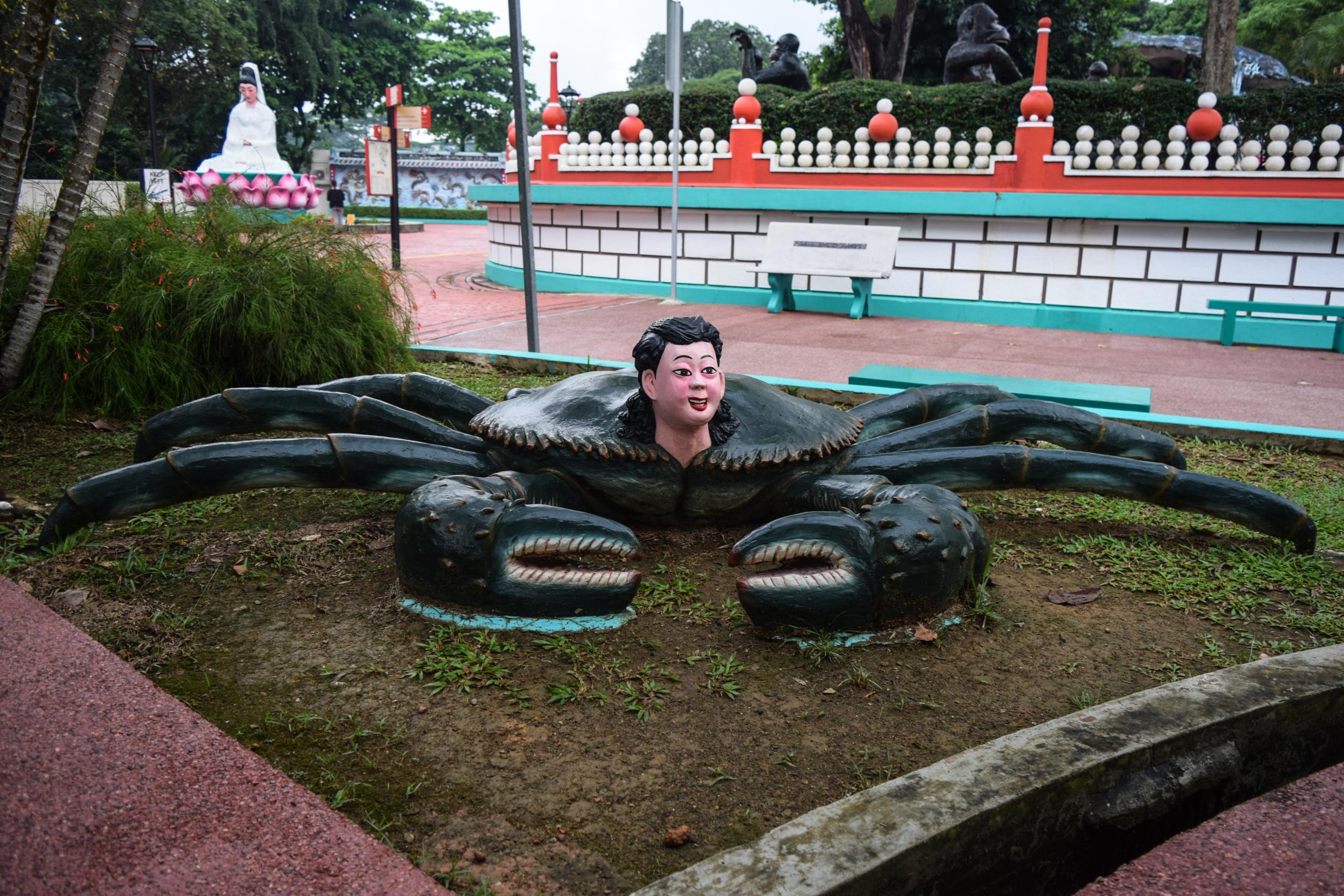
There used to be three Tiger Balm Gardens in Asia, intended as gestures to the local Chinese diaspora to help them celebrate their history, religious culture and heritage. The first was built in Hong Kong in 1935, and another in 1946 in China’s Fujian province. While the Hong Kong gardens have been redeveloped as housing, the original villa still exists as a museum; the villa in Fujian was never built and the gardens were abandoned in 1949, meaning that Singapore’s is the last remaining example of Aw Boon Haw’s gardens.
It is part-amusement park, part-celebration of Chinese diaspora culture and part mausoleum for the Tiger Balm family. And it is a wholly different type of entertainment in usually flashy Singapore.
Getting there
Singapore Airlines, British Airways, Qantas and Norwegian fly direct to Singapore from the UK, from around £480 return.
The park is free to visit, and is open from 9am-7pm. The Ten Courts of Hell are open from 9am-6pm.
hawparvilla.sg
